Great Dane is great working dog with a sweet nature. This breed originated in Germany about 400 years ago. These dogs love human companionship. They are loyal to their masters. A typical Dane is swift and alert, noted for their friendliness, courage, and dependability.
Despite giant height of Great Dane, they are loving and affectionate. If you have a Great Dane at home, you must get them tested regularly for cardiac, eye, elbow, blood, and hip issues. On average, they live between six and eight years. The average height of the males of this breed is between 30 and 32 inches, and the weight is between 100 and 120 pounds.
Female Danes can be between 28 and 30 inches tall and weigh the same as their male counterparts. It is rare for them to suffer from conditions like VWD (Von Willebrand disease) and glaucoma. The minor concerns for them include CVI (cerebral visual impairment) or wobbler’s syndrome, osteosarcoma, OCD (obsessive-compulsive disorder), cataract, HOD (hypertrophic osteodystrophy), and elbow dysplasia.
The biggest health concerns for Great Danes are gastric torsion, cardiomyopathy, and CHD (congenital heart defects).
Great Dane History
Great Dane is a dog breed known for its agility. These dogs have a tremendous ability to cover much ground and strength. Hence, they became a rather popular option as skilled hunters of wild boars in Germany. They also became popular among the nobility because of their regal and commanding appearance. The English referred to them as German boarhounds.
At some point, this name became Great Dane, and the exact reasons for that are yet to be known. It was a confusing name because these dogs were not Danish. It was approximately in 1880 that German authorities proclaimed that they should be referred to only as “Deutsche Dogge.”
This name is still in use in Germany! It was in the late 1800s that this breed came to the USA (United States of America). Thanks to their large and unique stature, they quickly became rather popular. Till now, this breed of dog is one of the most popular of its kind in North American country.
They are talented carters and trackers and also play the role of a watchdog.
The appearance of Great Danes
Great Dane is one of the tallest breeds of dogs out there. Their appearance is well-proportioned and square. Their front legs are straight and muscular, and their hind legs are powerful and broad. Their feet are compact and large. The tail can be described as medium in terms of height.
It is broad at the base, set high, and tapers down consistently at the end. Their necks are muscular and arched and blend seamlessly into those strong backs.
Their heads appear chiseled and sculpted – elongated, and their muzzles are broad, while the jaws are square-shaped. They have medium-sized eyes that happen to be dark in color as well. Most often, they have a calm and sophisticated expression.
The ears are medium-sized and fold over in the direction of their cheeks. In the USA, their ears are cropped for purposes of appearance. However, this practice is not that common in the USA. In fact, in some states of the USA, this particular practice is prohibited too.
According to some theories, cropping the ears of Great Danes was a common practice back when this breed was part of hunting hogs. It ascertained that the hunted hogs could never pull or bite their dangling and floppy ears. They have black or dark noses, and their nasal canals are large too.
Their teeth meet in scissor-like bites, and their gait features smooth and long strides, which is why it can be described the best by the word powerful. They have short and firm coats with a glossy sheen about them. They have many colors, but only six get acceptance for shows – black, mantle, blue, harlequin, fawn, and brindle.
Read Also: How Much Does A Great Dane Cost – Price Guide
A few words on Great Dane temperament
Despite their gigantic size, they are loyal, friendly, and gentle. They are good children, but their play and affection as a large dog could be overpowering for the smaller kids. These dogs are blessed with qualities like strength, sensitivity, and intelligence.
If you are positive and firm with your training, they can be responsive to the same. You should supervise them around other pets and smaller children.
While they are rather friendly with such entities, their weight and size might lead to accidents. Experts also suggest that from an early age, you subject them to obedience training as that will ensure they are well-behaved and more manageable when growing up.
They may sometimes show domineering or aggressive behavior towards other dogs of the same sex. You can keep members of this breed indoors, but only when you have enough room for them to stretch out their large bodies and long legs. Do you live in an apartment that does not have enough space?
In that case, this is not the right breed for you.
How to maintain Great Dane properly?
They have close and short coats, which is why only minimal grooming is good enough for them. Keep combing and brushing regularly, and use dry shampoo only when you think doing so would be necessary. Since these dogs are so big, bathing them is a crucial chore.
You would need a kiddie pool, dog shampoo, and a hose to complete the task. It helps that this breed is an average shedder. Trim their nails regularly. Make sure they do not become so big that it is uncomfortable.
It is also necessary for this breed to get its daily dose of exercise. It could be anything, like some vigorous playtime in the backyard or a walk in the park. They must have enough time and space outdoors to play and run.
It is even more significant because they would be inactive indoors. During the winter, they tend to get cold. Hence, you must not let them outside for too long during that part of the year.
The best homes for them are ones where you have yards with long or medium fences. The fencing must be at least six feet tall to deter them from jumping over it and escaping. When indoors, you must give them a soft bed with plenty of space where they can stretch themselves and rest properly.
As indicated, their lifespans are shorter than the smaller breeds, around six to eight years. It is a common issue among all large-breed dogs. They also suffer from some health issues commonly associated with most large breeds.
It includes the likes of hip dysplasia and bloating.
Read Also: How to Care for Great Dane? Life Span & Health Issues
Conclusion
Great Danes are easygoing individuals. Thanks to their might. This dog breed is the “Apollo” among dogs. They are a complete joy to spend time with. Also, even though their names suggest they are Danes, they are not, so they are equally great.
However, being a parent to a Great Dane requires complete commitment as they are so big, heavy, and strong. It is not something that can be taken lightly. So, remember these things in mind when you make them a part of your life.
 DogExpress
DogExpress


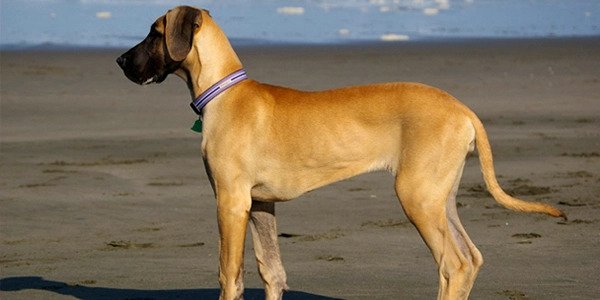
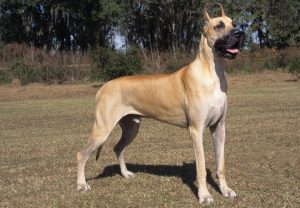
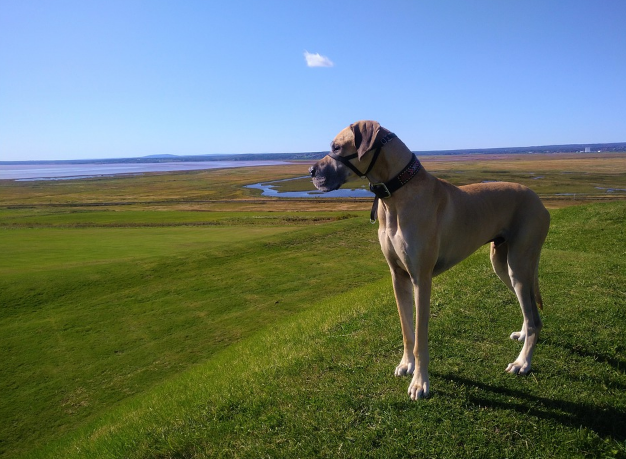
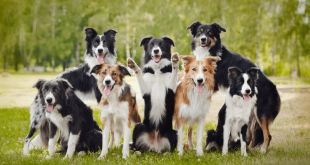

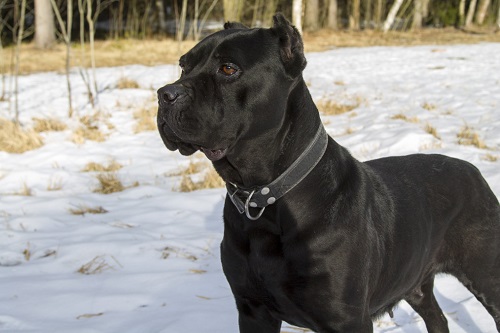
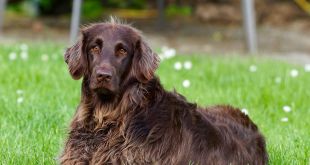












 in Chandigarh, India.
in Chandigarh, India. 

